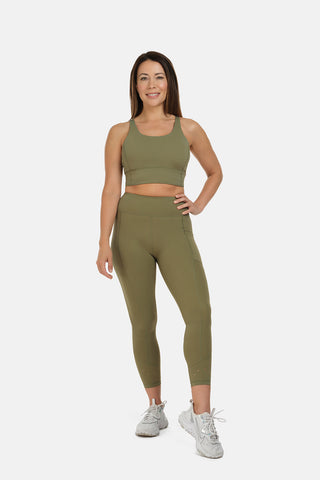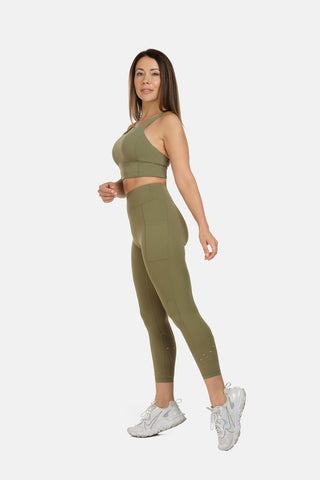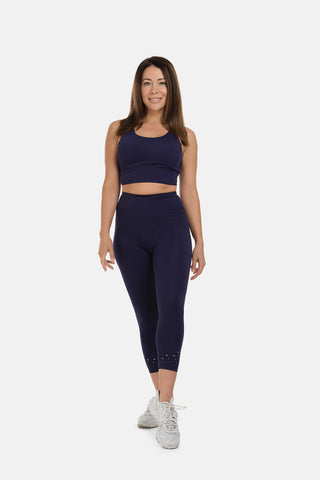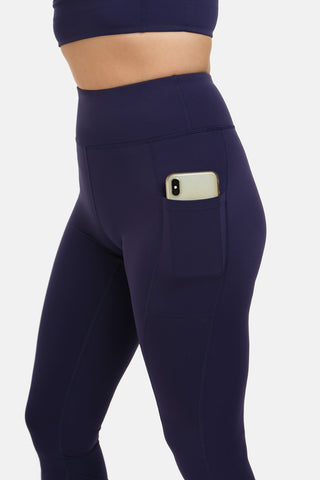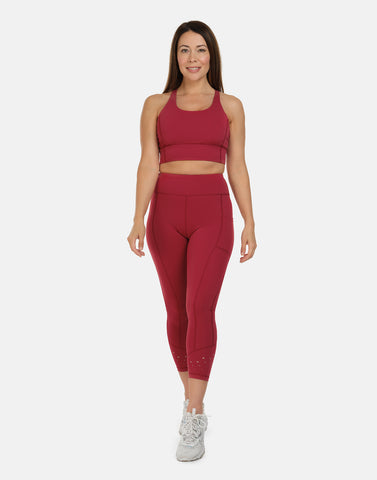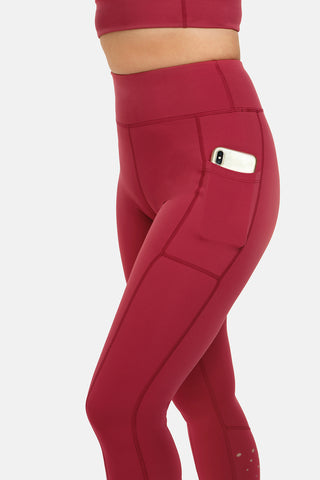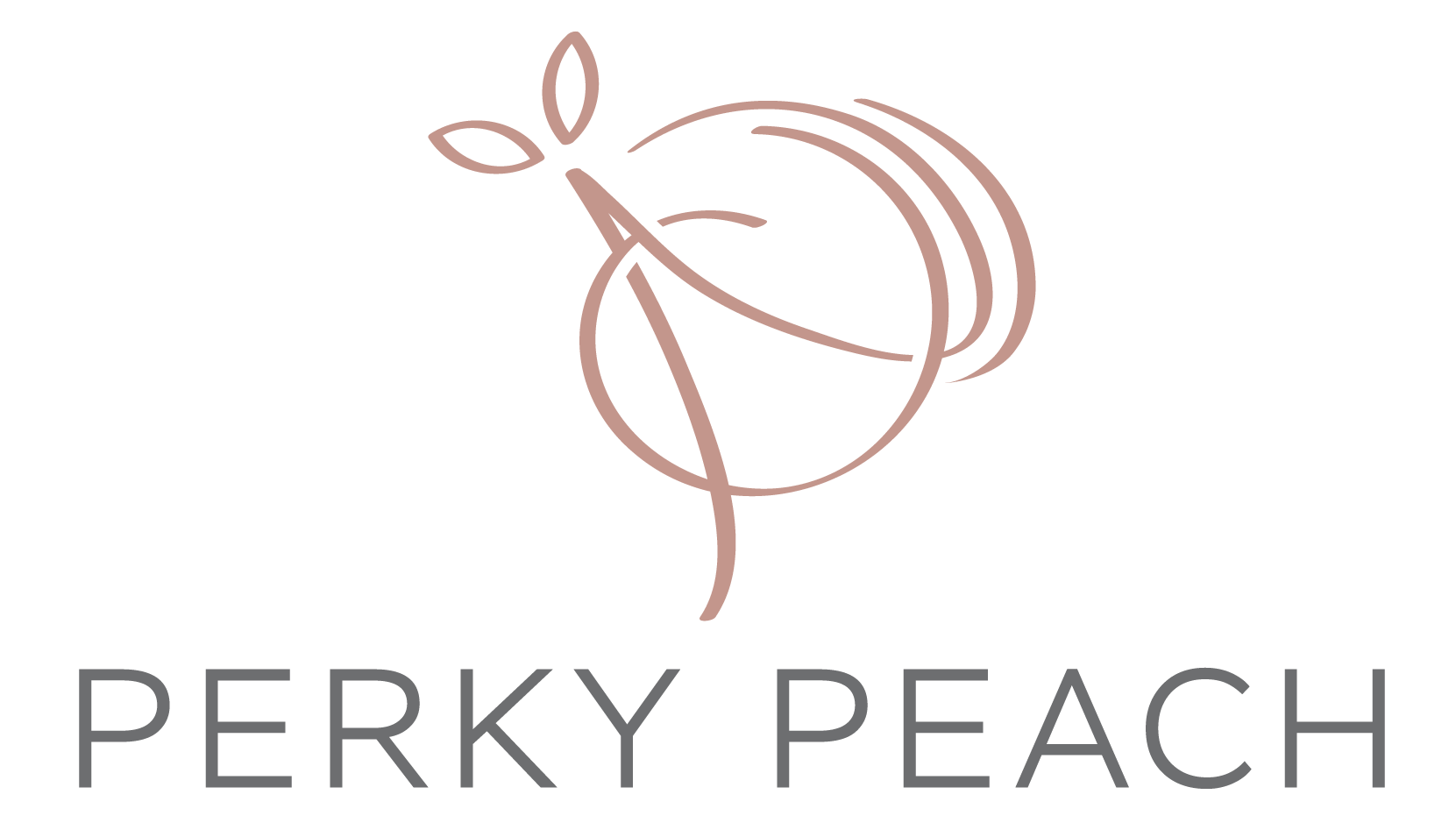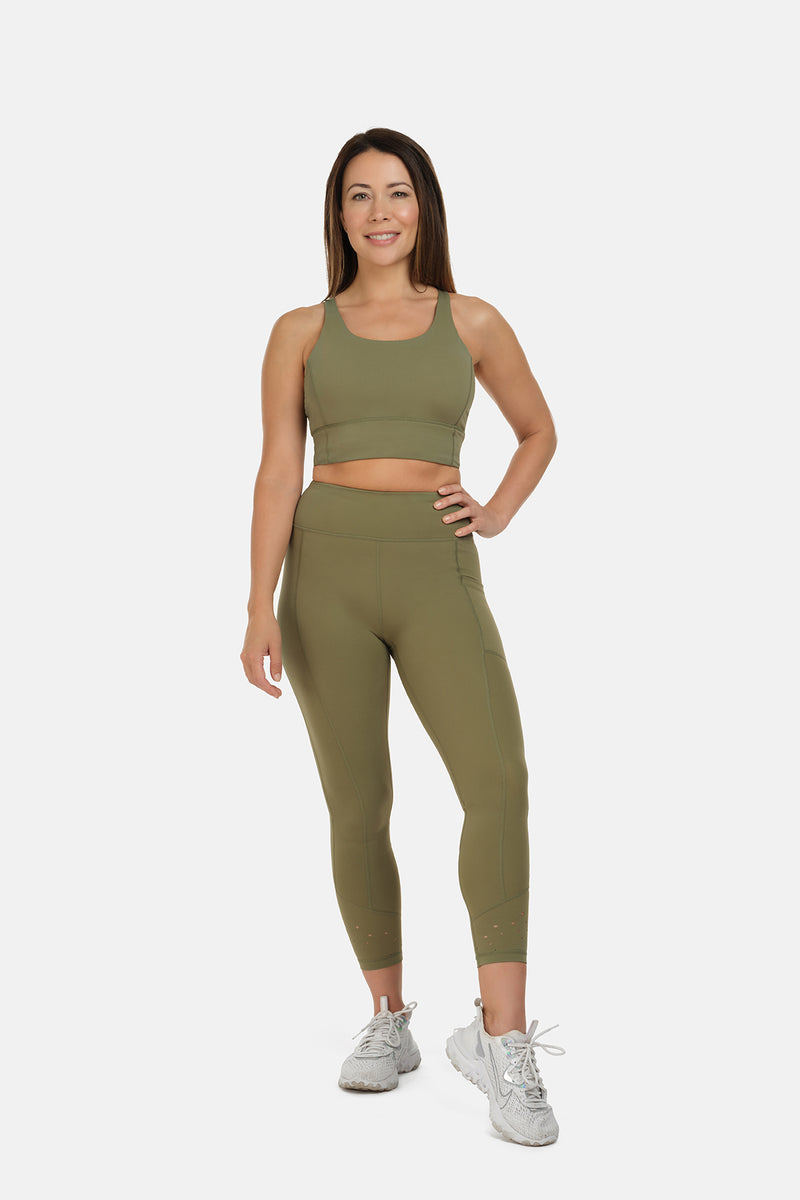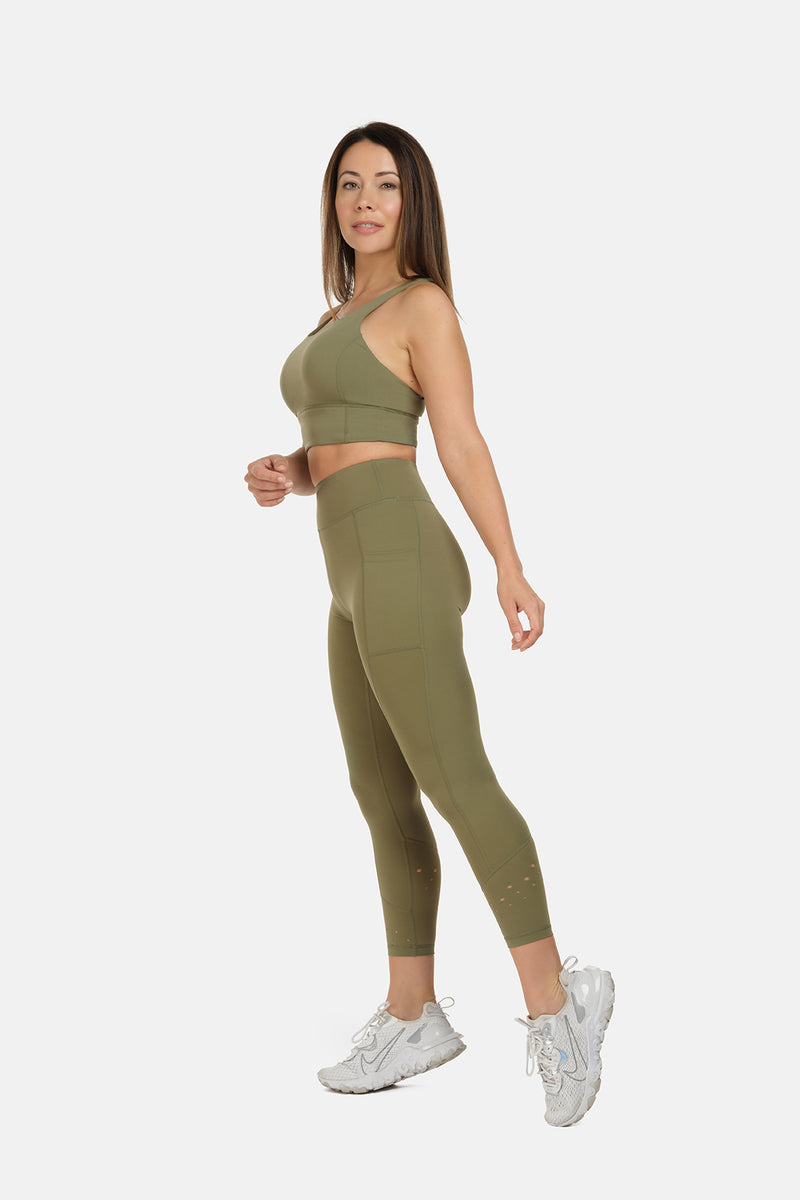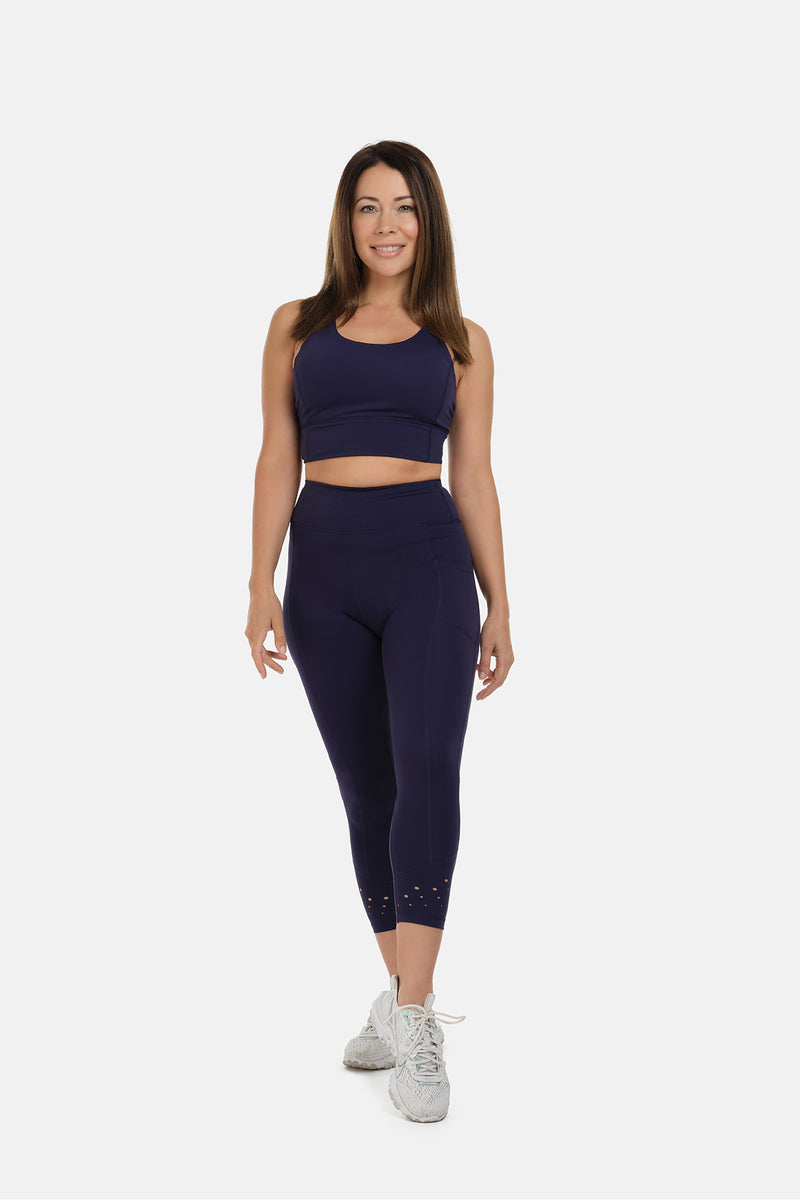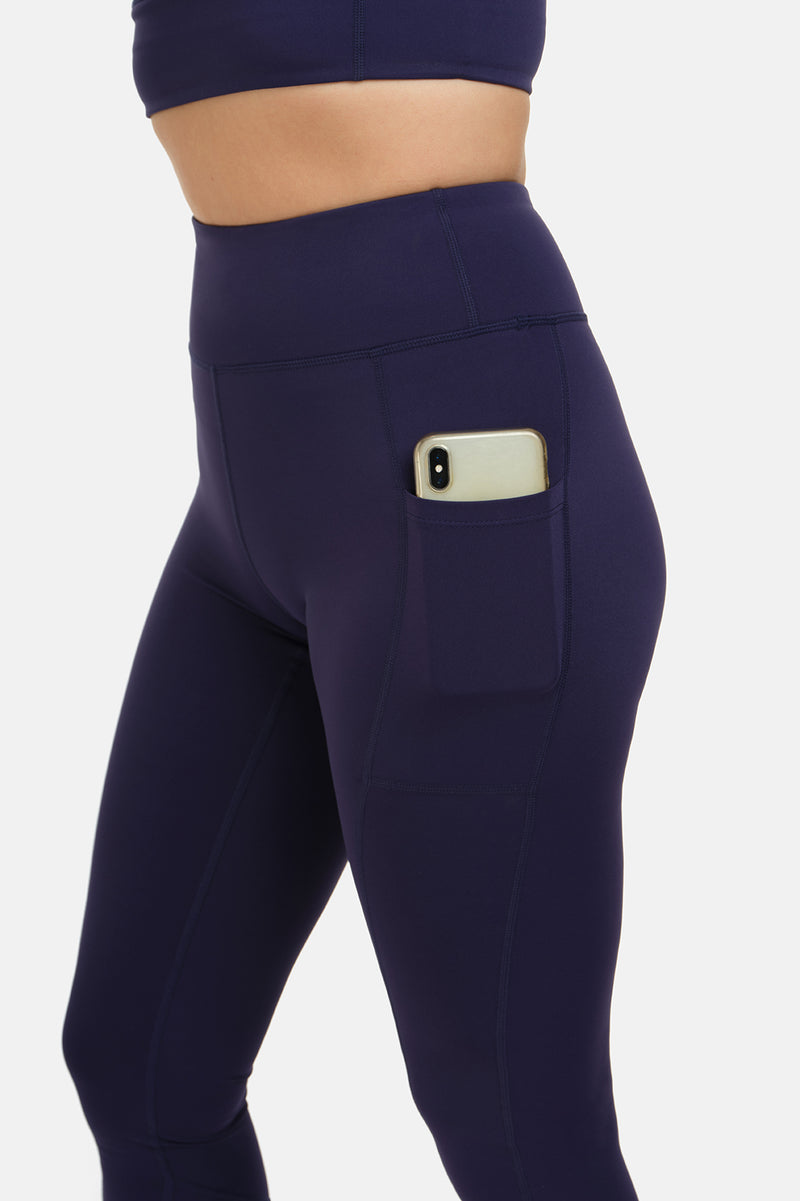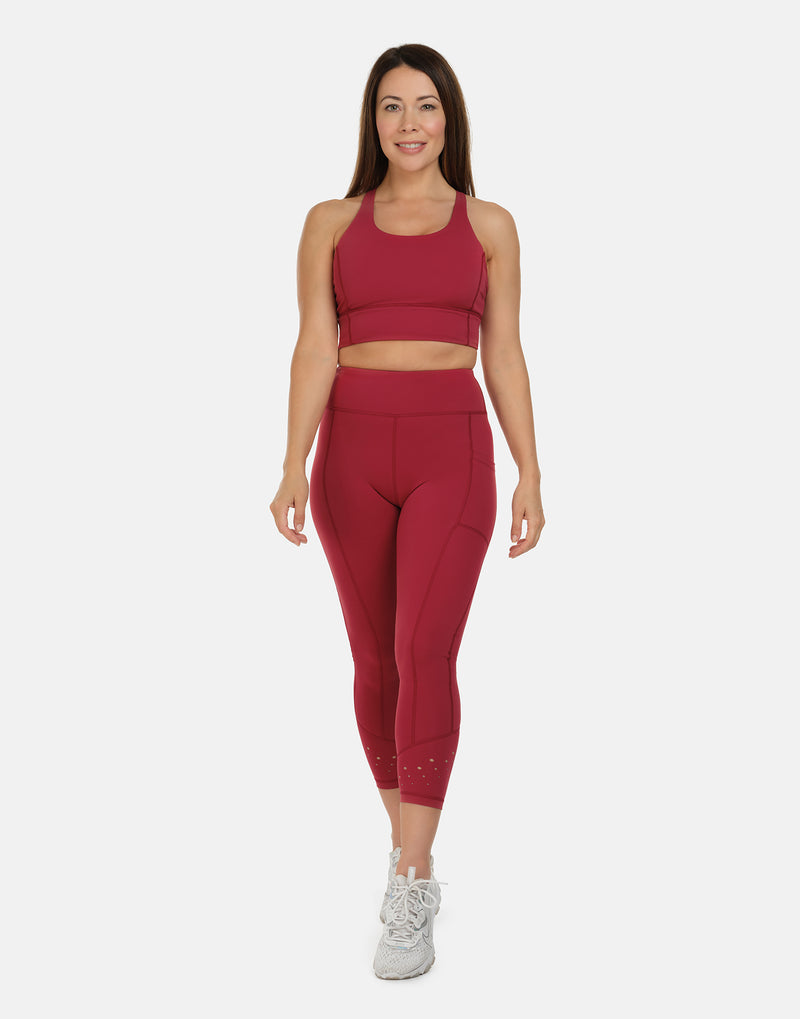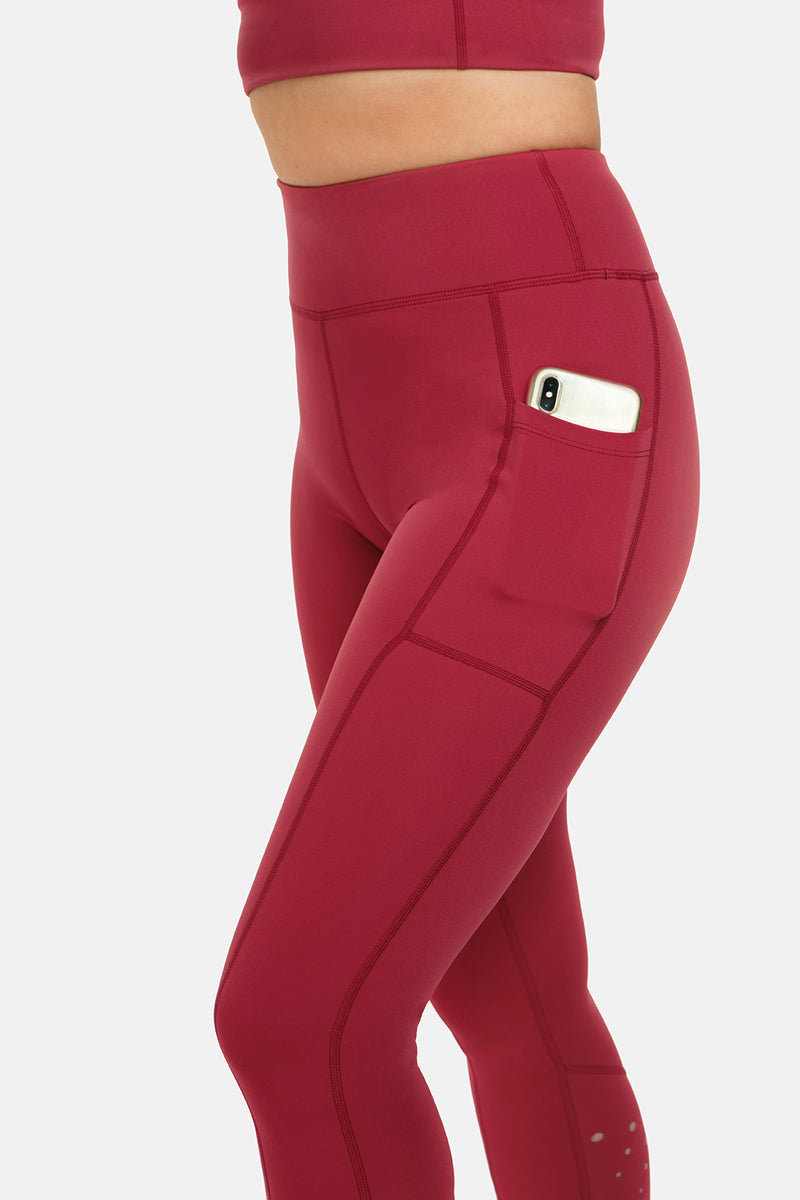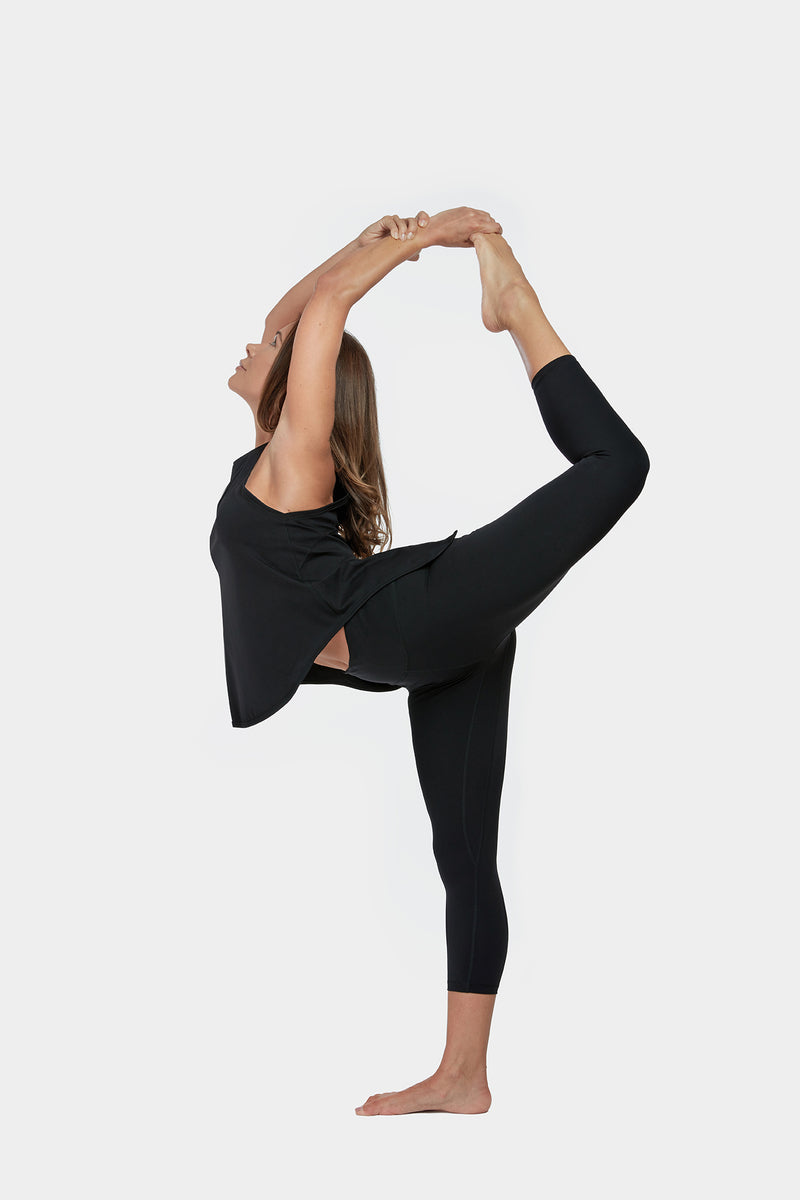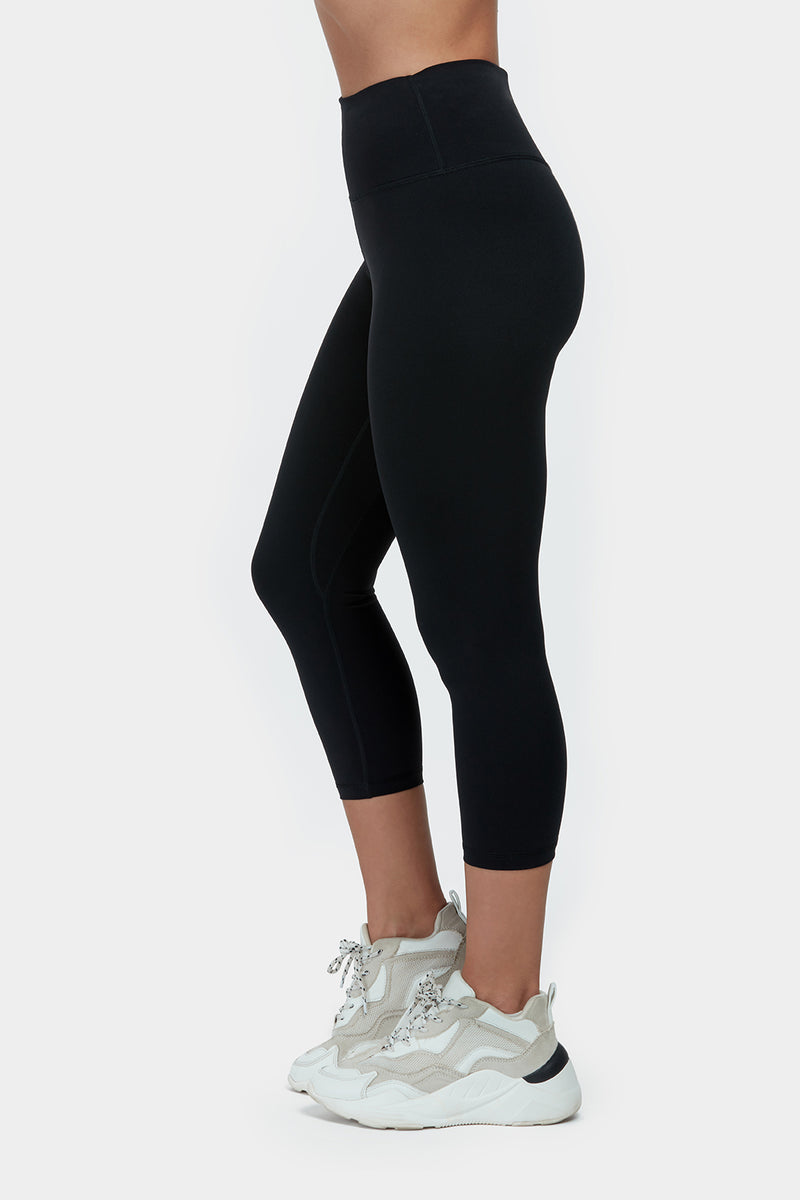FOAM ROLLING- THE BENEFITS AND WHY WE SHOULD ALL BE DOING IT

Foam rolling is a self-myofascial release (SMR) technique. It can help relieve muscle tightness, soreness, and inflammation, and increase your joint range of motion.
Foam rolling can be an effective tool to add to your warm-up or cooldown, before and after exercise. And the benefits of foam rolling may vary from person to person.
1. Ease muscle pain
Foam rolling can be beneficial for easing sore muscles and reducing inflammation.
One small
These participants saw a decrease in their delayed-onset muscle soreness when compared to exercising without foam rolling. They also performed physical exercises better than those who didn’t foam roll.
2. Increase range of motion
Foam rolling may help increase your range of motion, but more research is needed. Range of motion is important for flexibility and performance.
Researchers found evidence from one
3. Relieve back pain
It’s important to take care when using a foam roller on the back, however. It’s easy to strain or injure your back further.
To use your foam roller for lower back pain, turn your foam roller so it’s vertical (in-line with your spine) and slowly roll the roller from side to side, still in line with your spine. Do this as opposed to keeping it horizontal, which can cause you to arch and strain your back.
You can also try lying on a foam massage ball or a tennis ball to work out knots in the back.
4. Helps you relax
Many people find foam rolling to be relaxing. Breaking up tightness in your muscles may help you feel less tense and calmer as a result. But little evidence exists to show that foam rolling helps with relaxation.
How to choose a foam roller
A foam roller is usually cylinder-shaped and made of dense foam. But you can find foam rollers in a range of sizes and shapes, and in various levels of firmness.
It may take some trial and error to find the foam roller that’s right for you. Try out different foam rollers before purchasing to find one that is comfortable for you to use.
Here are some of the different types of foam rollers available online:
- Smooth rollers are known for having a smooth, dense foam surface. They are best for people new to foam rolling. They offer even texture and aren’t as intense as a textured roller. This option is less expensive, too.
- Textured Rollers have ridges and knobs on them. They are used to work deeper into muscles, and work out knots and tension.
- Foam-covered massage sticks can be used to deeply massage your legs or upper back.
- Foam massage balls can be used for targeted muscle areas. For example, to work out knots in shoulders.
When choosing a foam roller, you’ll also want to take the shape and size into consideration. A shorter roller is more effective for smaller areas like the arms and calves, for example. Shorter rollers are also are more portable if you plan to travel with your roller.
